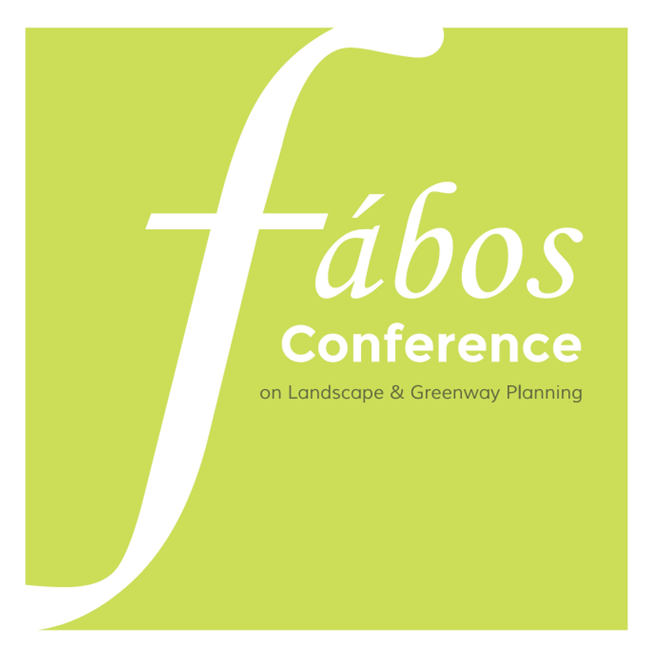Beloved Places: Exploring the Link Between Emotions and Urban Greenway Design Pedagogy.
Abstract
In many urban areas, greenway projects present an opportunity to rectify the dehumanization caused by urban renewal, while addressing pressing issues of climate resilience and environmental justice. A proposed green corridor through Boston’s West End exemplifies this situation: this former urban renewal site–a project responsible for the destruction of an immigrant neighborhood and the relocation of over 2,700 families in the 1960’s–is now crisscrossed with highly trafficked streets, large scale federal buildings and transportation and entertainment hubs (Figure 1), leaving its residents with few and inhospitable outdoor spaces. To improve quality of life for residents and realize the potential for connectivity with two of Boston’s most notable green spaces (the Rose Kennedy Greenway and the Emerald Necklace), a group of concerned residents, the West End Civic Association (WECA), contracted with a UMass Amherst undergraduate landscape architecture studio to engage in a design and visioning process for a green corridor that would bring the history of the West End community into the present.
In this presentation, we review the work of the 2023 Beloved Places senior studio, highlighting the pedagogical and practical importance of connecting to our emotions in the process of designing spaces where people feel loved—especially in contested spaces. Students engaged in reflection and design exercises connecting them to their own emotions and values as designers: this allowed them to better lead a participatory process with community members to hear and understand experienced traumas, fond memories, and present-day challenges. They approached this process with empathy, viewing the landscape as a beloved space that could, in turn, help people to connect with one another. The result was a rich and safe space for speculative imagination and co-creation.
Following the students’ work, the WECA worked with a professional firm that drew inspiration from students’ designs to create refined proposals for a green space at the heart of the proposed corridor. This project underscores the role that higher education students play in beginning a creative process of reimagining landscape in complicated spaces and contributing to a practical process for change.
How to Cite:
Aragon, C. & Cholakis-Kolysko, K., (2025) “Beloved Places: Exploring the Link Between Emotions and Urban Greenway Design Pedagogy.”, Fábos Conference on Landscape and Greenway Planning 8(1). doi: https://doi.org/10.7275/fabos.2459
Downloads:
Download Beloved Places: Exploring the Link Between Emotions and Urban Greenway Design Pedagogy.
196 Views
71 Downloads

